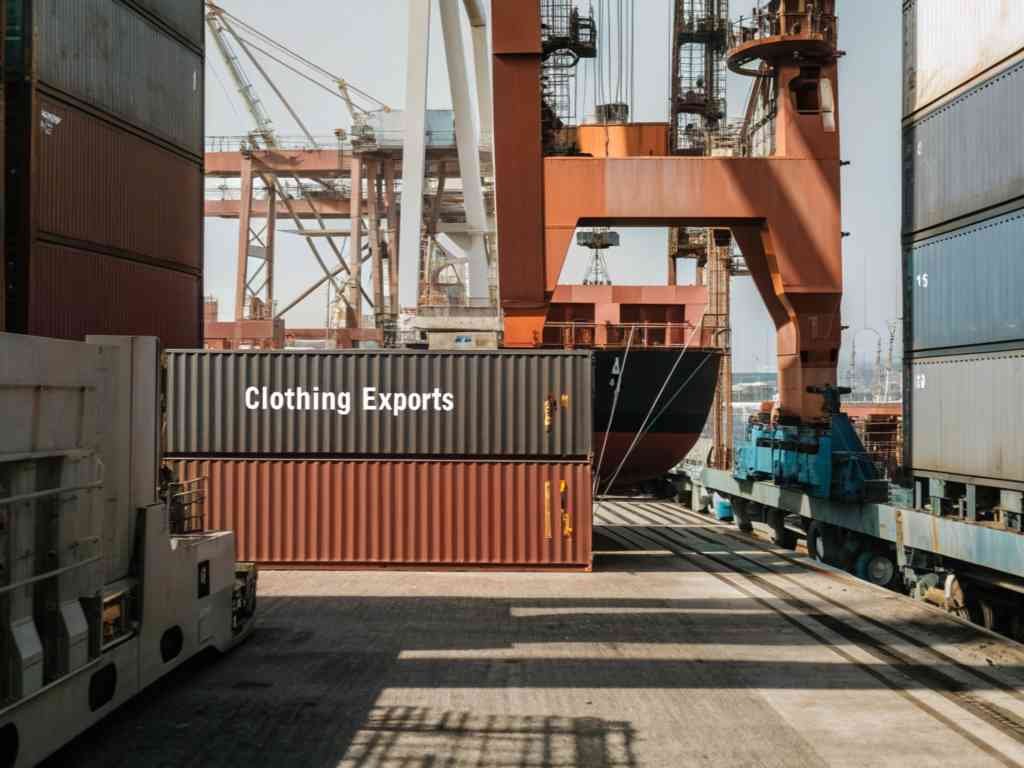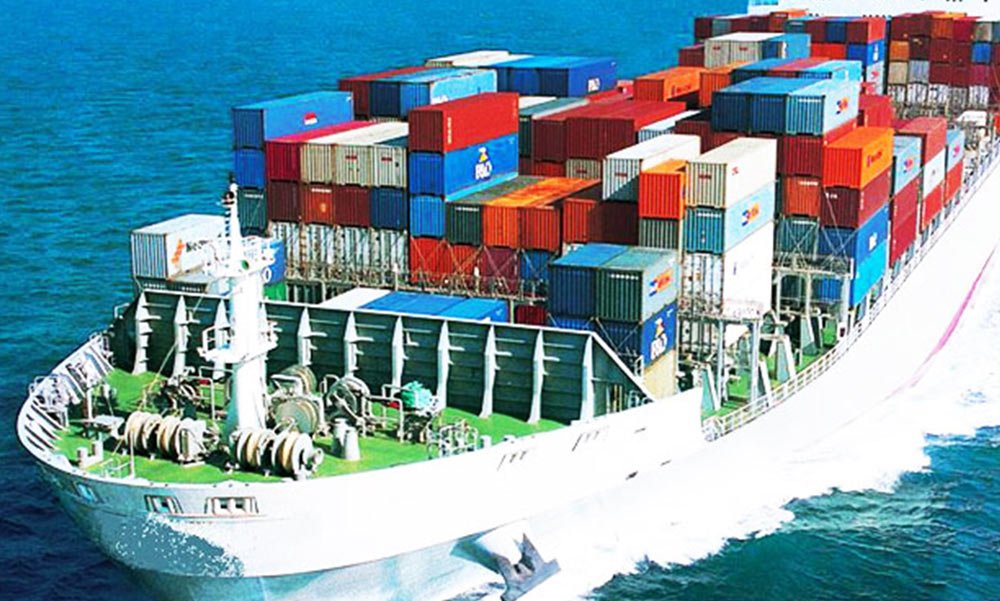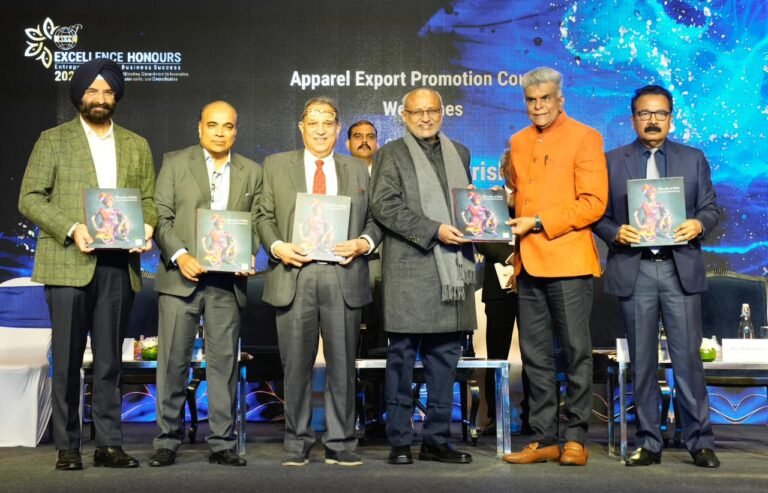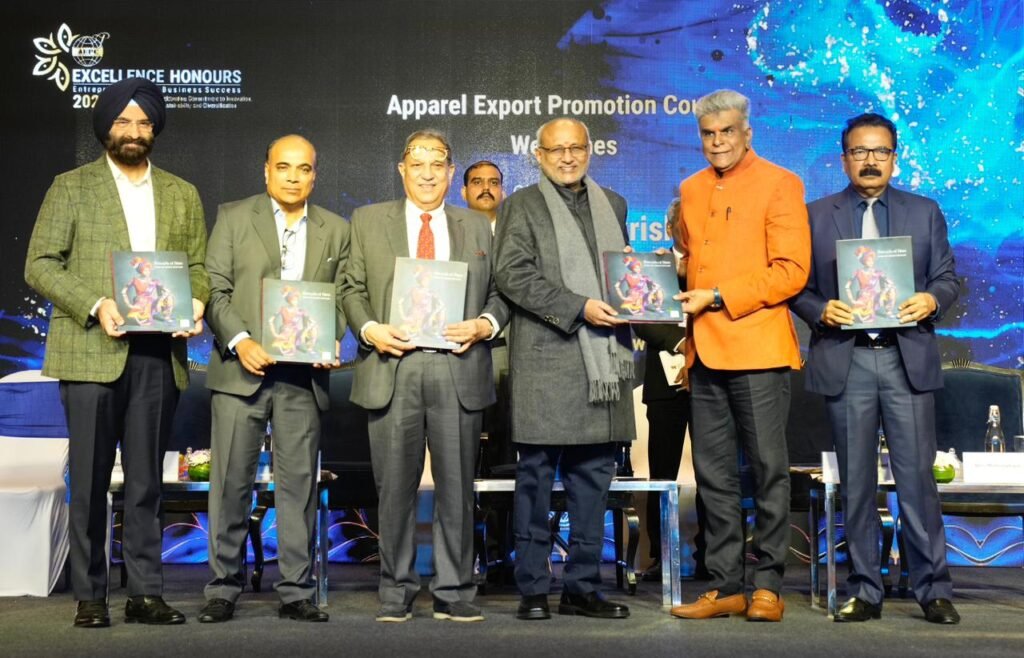
The Indian apparel export industry is one of the country’s strongest economic pillars, contributing significantly to employment and foreign exchange earnings. However, running an export-oriented apparel business is not always smooth sailing. Even when you secure promising international orders, the financial gap between production and payment can be overwhelming. That is where export financing comes into play. It ensures you have the funds to fulfil orders on time, manage operations, and maintain your credibility with overseas buyers.
For many garment exporters, understanding and accessing the right export financing options can make the difference between consistent growth and recurring cash flow struggles. Let’s explore the major export finance avenues available for apparel businesses and how they can help keep your export cycle running efficiently.
Understanding Export Financing for Apparel Businesses
In simple terms, export financing refers to short- or medium-term loans and credit facilities provided to exporters to manage their production and shipment processes. The apparel industry, being heavily reliant on working capital, often faces liquidity challenges, especially when dealing with bulk orders from international clients who pay only after shipment or delivery.
Financial institutions, including commercial banks and export credit agencies, offer a variety of financing solutions tailored for exporters. These help cover expenses like raw material procurement, labour payments, packaging, freight, and insurance before receiving payment from the buyer. For garment manufacturers in export hubs like Tiruppur, Ludhiana, and Noida, such financing solutions are not just helpful; they are essential for business continuity.
Pre-shipment Finance: Powering the Production Stage
Pre-shipment finance, also known as packing credit, is one of the most vital export financing options for garment exporters. It is designed to provide funds before the shipment of goods, helping businesses manage all production-related expenses.
For instance, once a confirmed export order or letter of credit (LC) is received from an overseas buyer, the exporter can approach a bank to obtain pre-shipment finance. This credit enables them to purchase raw materials, pay for fabric dyeing, cutting, stitching, finishing, and packaging, all without dipping into their long-term reserves.
In the apparel industry, where production cycles can range from a few weeks to several months depending on the complexity of the order, pre-shipment finance helps maintain momentum. Banks typically release funds against the value of the confirmed export order, ensuring exporters have the liquidity they need without taking on excessive risk.
Additionally, exporters can avail of packing credit in foreign currency (PCFC), which helps them borrow in currencies like USD or EUR at lower interest rates compared to rupee-denominated loans. This can be a strategic move for exporters dealing primarily in international markets.
Post-shipment Finance: Bridging the Payment Gap

Once the shipment leaves your factory, the next financial challenge begins: waiting for the buyer’s payment. International payments often take 30 to 180 days, depending on the terms of the contract. During this waiting period, exporters still need funds to pay salaries, start new orders, and keep the production line active.
Post-shipment finance fills this gap. It provides working capital support between the shipment date and the receipt of payment. Banks typically offer post-shipment credit in different forms, such as:
- Export bills purchased or discounted: The bank purchases or discounts the bill of exchange or invoice drawn by the exporter, providing immediate liquidity.
- Advance against export bills sent on collection: When documents are sent to the importer’s bank for collection, the exporter can receive an advance against the expected payment.
- Advance against duty drawback or export incentives: Exporters can get funds against expected government incentives like duty drawback or Merchandise Exports from India Scheme (MEIS) credits.
For the apparel industry, post-shipment finance is particularly crucial because it enables exporters to take on new orders without waiting for old ones to be paid out. It keeps production continuous and ensures that the exporter’s relationship with both suppliers and workers remains smooth.
Export Credit Facilities: Safeguarding Against Payment Risks
Export credit facilities protect exporters from the risk of non-payment or delayed payment by overseas buyers. These facilities are often provided through specialised institutions like the Export Credit Guarantee Corporation of India (ECGC).
ECGC offers various types of insurance covers that safeguard exporters against commercial risks such as buyer insolvency, as well as political risks like currency restrictions or war in the buyer’s country. For example, if a garment exporter ships goods to a buyer in another country and the buyer fails to pay due to bankruptcy or import restrictions, ECGC can compensate the exporter for the loss.
Moreover, ECGC also supports banks that provide export credit to exporters. This means financial institutions are more confident in lending to apparel businesses engaged in international trade. In short, export credit facilities reduce risk for both lenders and exporters, promoting a healthier export ecosystem.
The Role of Technology and Digital Finance
In recent years, digital trade finance platforms have simplified how exporters access funds. Many banks now offer online portals where exporters can apply for pre-shipment and post-shipment finance, upload documents, and track application statuses without visiting a branch.
Digital documentation, e-invoicing, and blockchain-based trade verification systems are streamlining the export finance process, reducing paperwork and approval delays. For the apparel industry, where timelines are tight and order volumes fluctuate, such technological advancements are proving invaluable.
Several fintech firms are also entering the trade finance space, offering faster loan approvals and flexible repayment terms. This digital shift has been a welcome change, especially for small and medium-sized apparel exporters who often face challenges accessing traditional bank finance due to collateral requirements.
Managing Export Finance Wisely
Accessing finance is one thing; managing it efficiently is another. Apparel exporters should develop sound financial management practices to ensure that export finance is used optimally. It is vital to maintain detailed records of production costs, shipment schedules, and buyer payments to avoid cash flow mismatches.
Additionally, comparing different banks and financial institutions before selecting a financing partner can lead to better interest rates and flexible terms. Exporters should also monitor currency fluctuations and hedge their risks using forward contracts or currency swaps when availing foreign currency credit.
In a competitive global market, managing export finance effectively ensures long-term sustainability and profitability. It also builds confidence among buyers, suppliers, and financial partners that the exporter is well-prepared and financially disciplined.
Final Thoughts
The apparel export sector thrives on timely deliveries, competitive pricing, and strong financial management. Export financing is not just a support system but the lifeline that keeps this cycle moving. From pre-shipment to post-shipment finance and export credit insurance, these financial tools empower garment exporters to fulfil global orders with confidence and consistency.
As the world of fashion continues to expand beyond borders, understanding and leveraging export financing options will be the key to sustaining growth, mitigating risk, and building a globally respected apparel business.













